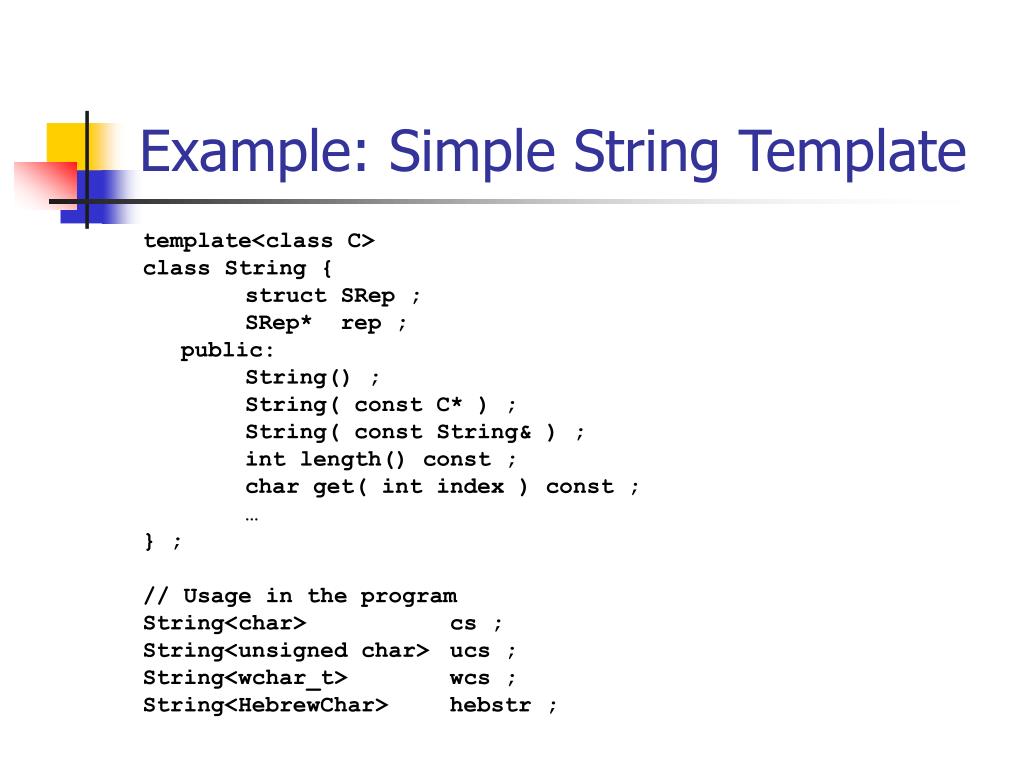
JavaScript Template Literals vs. String Concatenation YouTube - Now that we’ve seen examples of both template literals and traditional string concatenation, let’s compare their pros and cons: Var str = “hello, ” + name + “!”; Template literals in es6 offer a significant improvement over es5’s string concatenation. You cannot concatenate two or more string literals expecting to get a single string literal (unless you want to use. You should also read this: Tableau Templates

Concatenation in Javascript versus Template Literals/Template Strings - You cannot concatenate two or more string literals expecting to get a single string literal (unless you want to use macros). You can mix and match variables, strings, and add as much as you need. We can concatenate multiple strings together in javascript using a plus sign. This rule is aimed to flag usage of + operators with strings. Let’s. You should also read this: Free Thanksgiving Flyer Template

PYTHON Format strings vs concatenation YouTube - Template literals get more interesting when you're concatenating multiple variables though, or if you have escaped strings, for example: Let’s learn how to concatenate strings and which one is the best performance. Variables like quote and filename may be converted into html entities. But depending on the task at hand you can make your template. Using the plus operator to. You should also read this: Loop Dictionary Django Template

C When is it better to use String.Format vs string concatenation - Use appropriate escaping mechanisms to. In es2015 (es6), we can use template literals instead of string concatenation. Now that we’ve seen examples of both template literals and traditional string concatenation, let’s compare their pros and cons: In the first example, we used string concatenation. You can mix and match variables, strings, and add as much as you need. You should also read this: Construction Rfi Template Word

C++ C++ template string concatenation YouTube - We can also insert variables inside the string. Their ability to embed variables, support expressions, and handle multiline strings cleanly can. Template literals get more interesting when you're concatenating multiple variables though, or if you have escaped strings, for example: Using the plus operator to. You can mix and match variables, strings, and add as much as you need. You should also read this: Buzz Lightyear Template For Cake

String Concatenation and Template Literals Javascript for the rest of - They’re smoother, often more efficient, and in many cases, just more fun to use. But depending on the task at hand you can make your template. I have found a tiny difference between the two: Javascript offers several ways to concatenate strings. We can concatenate multiple strings together in javascript using a plus sign. You should also read this: Frog Template Printable

String Concatenation and Template Literals JavaScript for Beginners - Using the plus operator to. They let you focus on. Template literals get more interesting when you're concatenating multiple variables though, or if you have escaped strings, for example: The unexpected string concatenation error occurs when you try to concatenate two strings using the + operator, but one of the strings is not a string literal. When it comes to. You should also read this: Printable 96 Well Plate Template

PPT Templates in C++ PowerPoint Presentation, free download ID4797454 - Their ability to embed variables, support expressions, and handle multiline strings cleanly can. We can concatenate multiple strings together in javascript using a plus sign. When it comes to working with strings in javascript, developers often rely on concatenation and template literals to manipulate and combine strings. Template literals in es6 offer a significant improvement over es5’s string concatenation. The. You should also read this: Free Grade Book Template

Javascript string interpolation vs concatenation Artofit - The unexpected string concatenation error occurs when you try to concatenate two strings using the + operator, but one of the strings is not a string literal. Use appropriate escaping mechanisms to. In this gist or code snippet, we can see the string concatenation in action. When it comes to working with strings in javascript, developers often rely on concatenation. You should also read this: Galaxy Template

EP3 How to use String Concatenation, and Template Literals YouTube - When it comes to working with strings in javascript, developers often rely on concatenation and template literals to manipulate and combine strings. Var str = “hello, ” + name + “!”; I have found a tiny difference between the two: We can also insert variables inside the string. From a software engineering perspective, how is this better than an equivalent. You should also read this: Regular Show Meme Template